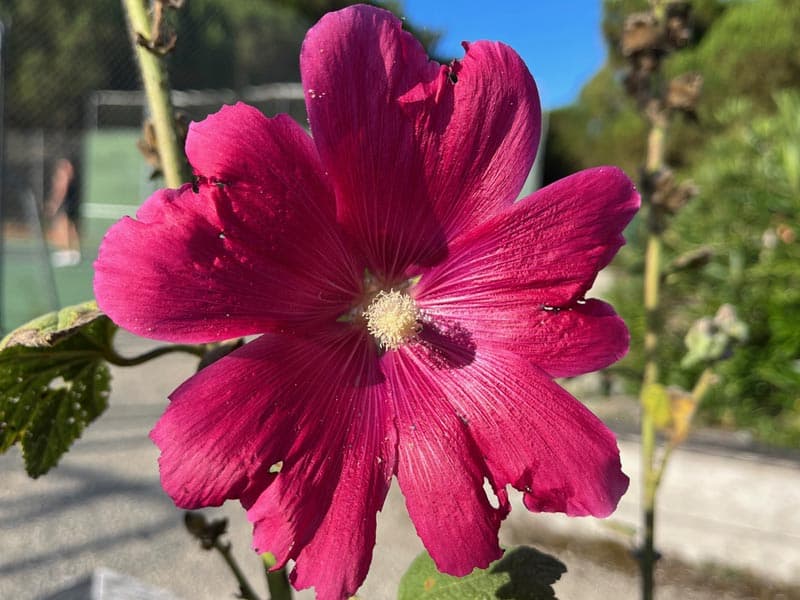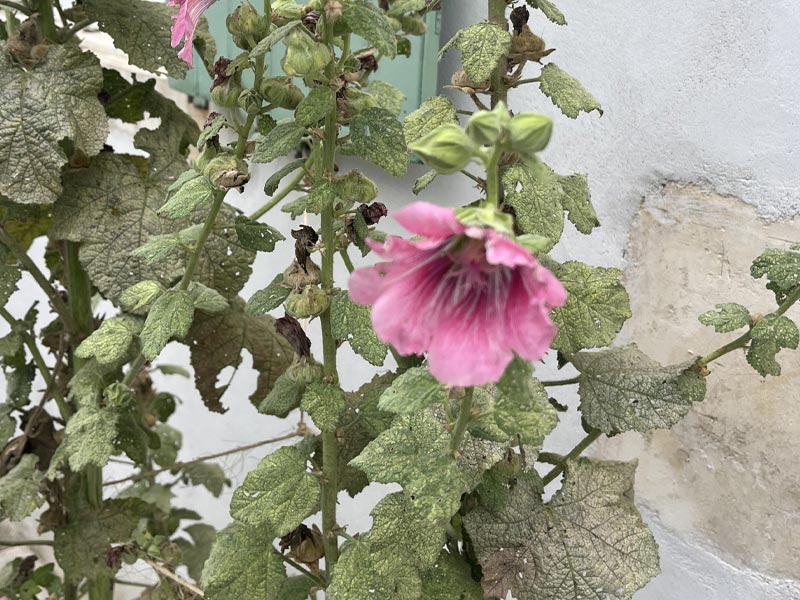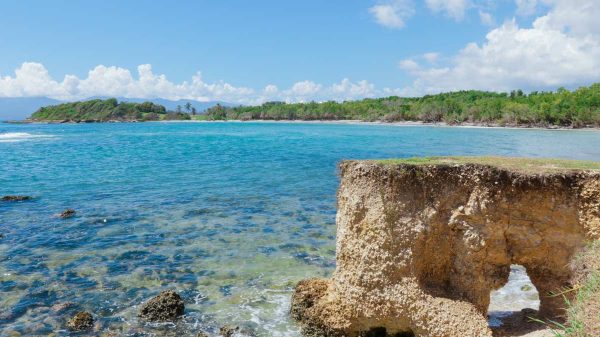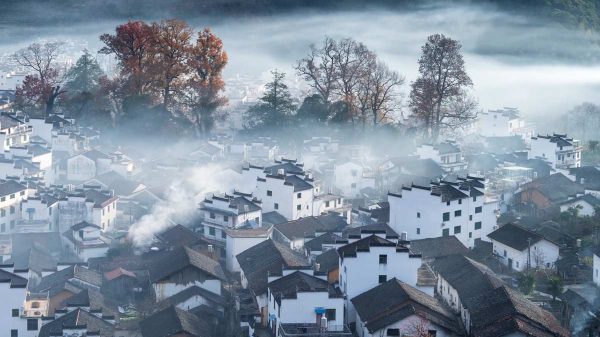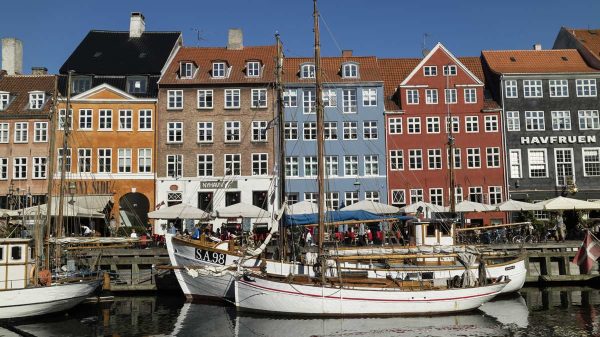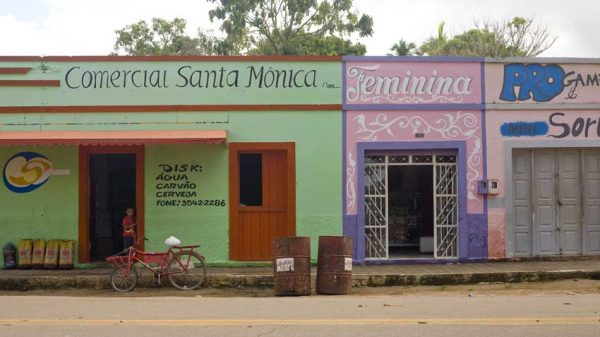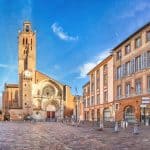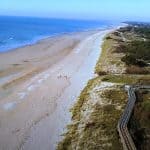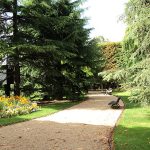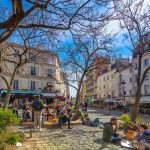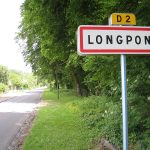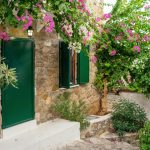Île de Ré: The astonishing hollyhocks
An environment conducive to hollyhock growth
To understand the massive presence of hollyhocks on the Île de Ré, we first need to understand its unique environment.
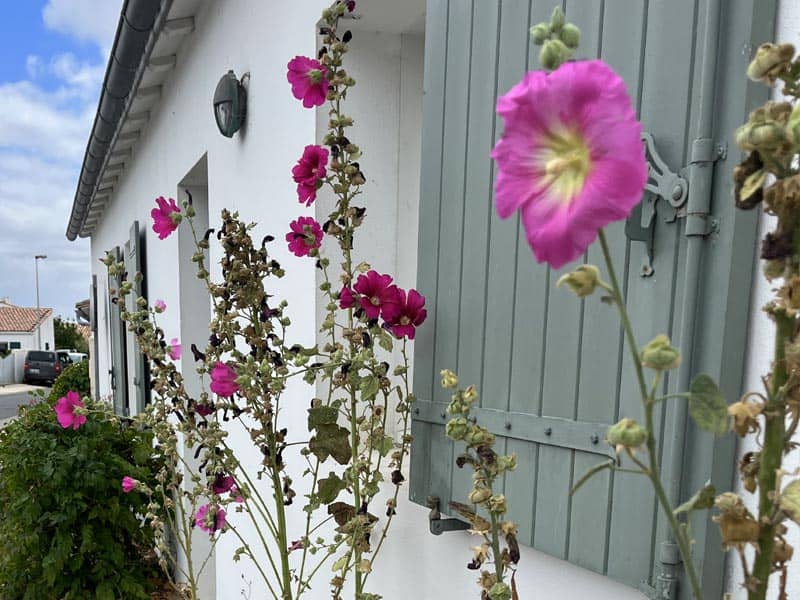
The Île de Ré, with its mild maritime climate and sandy soils, offers ideal conditions for the growth of hollyhocks. These flowers, originally from East Asia, are particularly resistant to drought and salinity, making them perfectly suited to life on the island.
The role of climate
The climate on the Île de Ré is characterized by mild winters and moderate summers. These climatic conditions favor the flowering of hollyhocks, which prefer cooler temperatures to thrive.
Soil composition
The soil on the Île de Ré is predominantly sandy, allowing for efficient water drainage. Hollyhocks particularly appreciate this type of soil, which prevents excess humidity and favors their growth.
A cultural history linked to hollyhocks
In addition to the natural environment, the cultural history of the Île de Ré has also played a role in the proliferation of hollyhocks.
Hollyhocks were introduced to the island in the 16th century by sailors returning from their voyages to the Orient. These flowers, with their bright colors and ease of cultivation, quickly won the hearts of the island's inhabitants. They have become a symbol of the Île de Ré, and are now ubiquitous in gardens, alleyways and even fields.
The hollyhock: a symbol of the Île de Ré
Over the years, the hollyhock has become a veritable emblem of the Île de Ré. It is featured on numerous derivative products and is an essential part of the local heritage.
- Postcards of the island are often adorned with these flowers.
- They are also present on many local products, such as honey and wine.
- Hollyhocks are even celebrated at an annual festival on the island.
The abundance of hollyhocks on the Île de Ré is the result of a unique blend of natural and cultural elements. These flowers, with their resilience and beauty, have become an integral part of the island's identity.
When is the best time to see hollyhocks?
The best time to admire hollyhocks in full bloom is generally in summer, between June and September to be precise. However, this may vary slightly according to local climatic conditions. On the Ile de Ré, thanks to its mild climate, hollyhocks can start to bloom as early as late spring.
What other flowers grow on the Île de Ré?
Thanks to its mild climate and sandy soil, the Île de Ré is a paradise for many species of flowers. In addition to the emblematic hollyhocks, here are a few other flowers you can find on the island:
- Tamaris: This shrub blooms in spring and summer, producing small pink or white flowers.
- Dune Immortelle: This plant, also known as "Helichrysum", is typical of dune environments. It produces small yellow flowers and has a distinctive fragrance.
- Armeria maritima, or Spanish grass: This plant produces small pink flowers that grow in clumps, typical of coastal environments.
- Dune thistle: This plant, which grows in the dunes, produces magnificent blue flowers.
- Salicorne: Although not a flower, this halophilic (salt-loving) plant is typical of the Ile de Ré salt marshes.
These plants, and many others, contribute to the richness and diversity of the flora on the Île de Ré.
